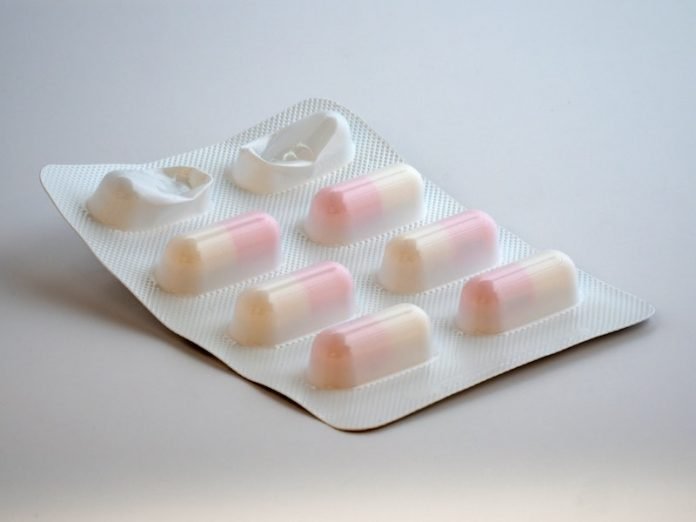
Osteoporosis is a condition where bones become thin, weak and fragile, such that even a minor bump or accident can cause a broken bone.
In a recent study at Hospital del Mar and elsewhere, researchers found that some of the treatments for osteoporosis—denosumab, zoledronate, and calcium—could have a protective effect against COVID-19.
In patients who take them, there is a 30 to 40% reduction in the rate of infection.
The study is published in the journal Aging. One author is Dr. Jordi Monfort.
In the study, the team analyzed data from more than 2,000 patients with osteoporosis, osteoarthritis and fibromyalgia and their links with COVID-19 infection.
They checked the different treatments and the evolution of rheumatology patients with non-inflammatory diseases and their relation to infection by COVID-19, their evolution, need for hospitalization and mortality.
In the case of some of the main treatments for osteoporosis, denosumab, zoledronate and calcium, the team found a major reduction in the incidence of COVID-19; specifically, between 30 and 40%.
The researchers say in the case of the drug denosumab, it targets a system involved in the balance of the skeletal system, but also the response by the immune system through the activation and differentiation of some of its cells.
Its inhibition modifies the inflammatory response and acts on cytokines, which play a key role in infection by COVID-19.
The drug zoledronate can also modulate the immune response and can stimulate its activity against SARS-CoV-2.
The results also showed that another common treatment for these patients, the antidepressant duloxetine, may also have a positive effect in reducing the incidence of COVID-19.
Conversely, a commonly used painkiller, pregabalin, seems to have a tendency to increase the incidence of COVID-19.
The findings suggest that some osteoporosis treatments may protect patients against infection by COVID-19, although further studies still need to be conducted on more patients to prove it.
Copyright © 2021 Knowridge Science Report. All rights reserved.



